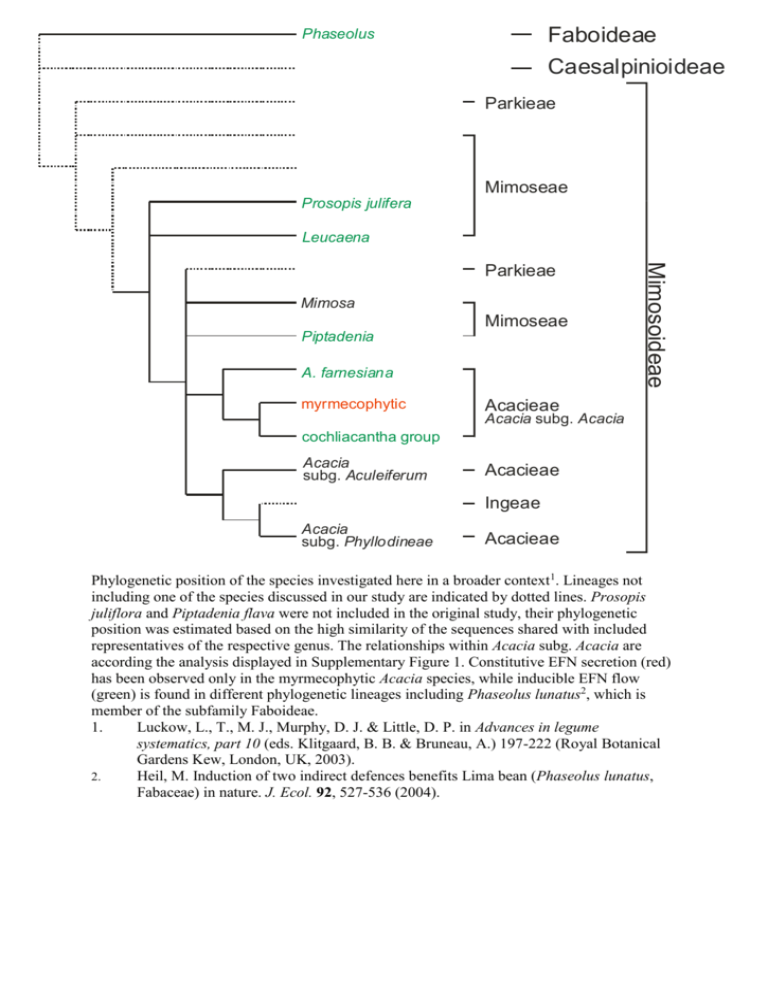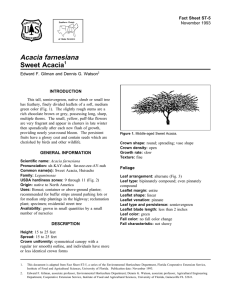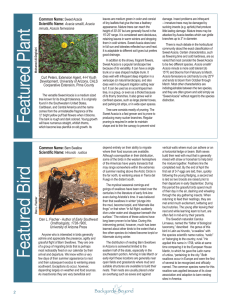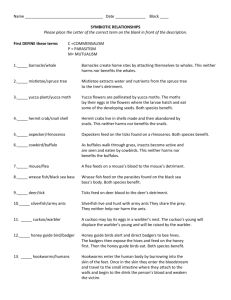Supplementary Figure 2 - Word file (35 KB )
advertisement

Faboideae Caesalpinioideae Phaseolus Parkieae Mimoseae Prosopis julifera Leucaena Mimosa Mimoseae Piptadenia A. farnesiana myrmecophytic Mimosoideae Parkieae Acacieae Acacia subg. Acacia cochliacantha group Acacia subg. Aculeiferum Acacieae Ingeae Acacia subg. Phyllodineae Acacieae Phylogenetic position of the species investigated here in a broader context1. Lineages not including one of the species discussed in our study are indicated by dotted lines. Prosopis juliflora and Piptadenia flava were not included in the original study, their phylogenetic position was estimated based on the high similarity of the sequences shared with included representatives of the respective genus. The relationships within Acacia subg. Acacia are according the analysis displayed in Supplementary Figure 1. Constitutive EFN secretion (red) has been observed only in the myrmecophytic Acacia species, while inducible EFN flow (green) is found in different phylogenetic lineages including Phaseolus lunatus2, which is member of the subfamily Faboideae. 1. Luckow, L., T., M. J., Murphy, D. J. & Little, D. P. in Advances in legume systematics, part 10 (eds. Klitgaard, B. B. & Bruneau, A.) 197-222 (Royal Botanical Gardens Kew, London, UK, 2003). 2. Heil, M. Induction of two indirect defences benefits Lima bean (Phaseolus lunatus, Fabaceae) in nature. J. Ecol. 92, 527-536 (2004).











